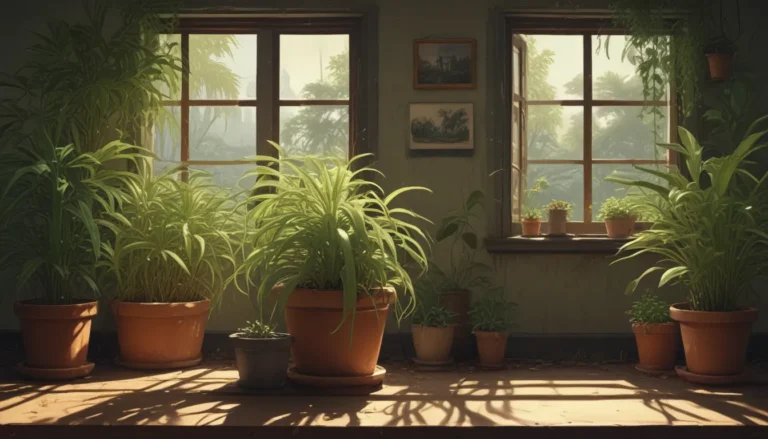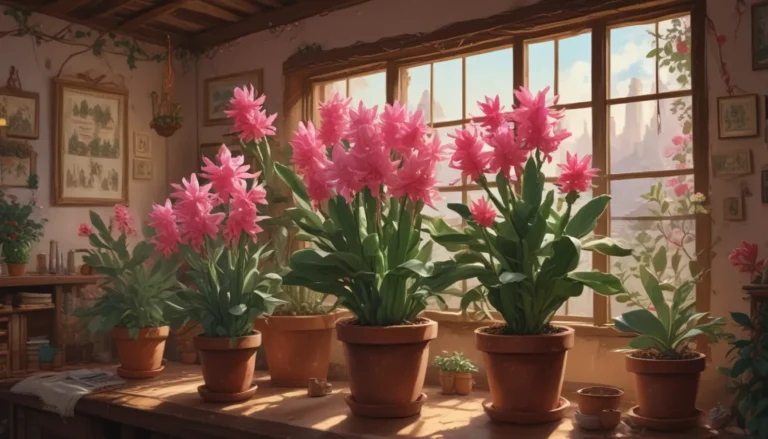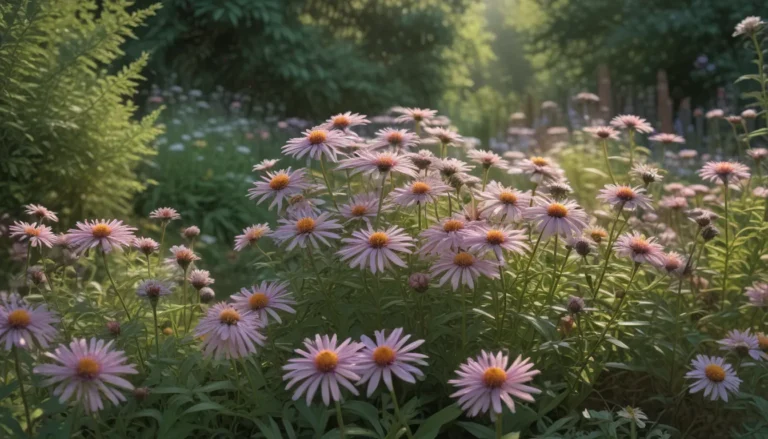A Comprehensive Guide to Growing and Caring for Ferns Indoors

If you’ve ever found yourself captivated by the beauty and mystique of ferns, you might just be experiencing pteridomania – an intense obsession with these fascinating plants. But fret not, you’re not alone. Ferns have a unique allure that draws in even the most casual of plant enthusiasts.
From their ancient origins dating back millions of years to their widespread presence on every continent except Antarctica, ferns have a rich history that continues to captivate us today.
Whether you’re a seasoned pro at outdoor gardening and looking to bring some greenery indoors, or a newcomer eager to embark on your fern-growing journey, this guide is here to equip you with all the knowledge you need to turn your indoor space into a lush fern paradise.
What You’ll Learn
Here’s a glimpse of what you can expect to discover in this comprehensive guide:
- Cultivation and History: Uncover the fascinating backstory of ferns and their ancient origins dating back hundreds of millions of years.
- Propagation: Learn the various methods for propagating ferns and how you can expand your fern collection with ease.
- How to Grow: Discover the key tips and tricks for nurturing healthy, thriving ferns indoors.
- Growing Tips: Get valuable insights into best practices for growing and caring for your ferns.
- Pruning and Maintenance: Learn how to maintain your ferns, when to prune, and how to repot them as they mature.
- Species to Select: Explore a curated list of fern species that are well-suited for indoor cultivation, from easy-to-care-for varieties to more challenging options.
- Managing Pests and Disease: Gain essential knowledge on how to keep your ferns healthy and disease-free.
- Best Uses: Explore creative ways to incorporate ferns into your indoor space, from standalone specimens to group plantings.
Cultivation and History
Ferns belong to the botanical class Polypodiopsida, encompassing approximately 10,500 existing species. With their ancient origins dating back to the Devonian period over 400 million years ago, ferns have been around longer than most other plants on Earth.
During the Victorian era, ferns gained immense popularity as houseplants, sparking a craze known as pteridomania. People adorned their homes and gardens with these captivating plants, believing that collecting ferns enhanced their well-being and connection to nature.
Propagation
While propagating ferns may seem daunting at first, it’s a straightforward process once you familiarize yourself with the various techniques. Whether through division, plantlets, stipe cuttings, or spores, there are multiple ways to propagate ferns and expand your collection with ease.
How to Grow Ferns
Successfully growing ferns indoors hinges on providing them with the ideal conditions they need to thrive. From selecting the right species based on your space and lighting to ensuring proper watering and humidity levels, nurturing healthy ferns is a rewarding experience that anyone can enjoy.
Growing Tips
To ensure your ferns flourish, familiarize yourself with their specific requirements. Most ferns thrive in bright, indirect light and consistently moist soil. Don’t forget to fertilize your plants regularly during the growing season to keep them healthy and vibrant.
Pruning and Maintenance
Pruning ferns is a simple task that involves removing dead or damaged fronds to maintain plant health. Additionally, repotting or dividing your ferns as they outgrow their containers is vital to provide them with ample space to grow and thrive.
Species to Select
When choosing fern species for indoor cultivation, it’s essential to consider their specific requirements and your level of experience. From resilient options like Boston ferns to more exotic varieties such as staghorns and kangaroo ferns, there’s a fern species to suit every taste and skill level.
Common Fern Species for Indoor Cultivation
- Bird’s Nest Fern: Ideal for bright, indirect light and moderate humidity.
- Boston Fern: Easy to care for with medium bright light and consistent moisture.
- Button Fern: Adorable and low-maintenance, perfect for drier climates.
- Holly Fern: Thrives in bright, indirect light with consistent moisture.
- Kangaroo Fern: Requires high humidity and indirect light for optimal growth.
- Kimberley Queen Fern: Prefers consistently moist soil and indirect sun.
- Lemon Button Fern: Compact and perfect for smaller spaces, thrives in indirect light.
- Maidenhair Fern: Varied species with different requirements, research your specific species for optimal care.
- Rabbit’s Foot Fern: Needs bright, indirect light and high humidity to thrive.
- Staghorn Fern: Eye-catching and unusual, grows best in morning or bright indirect light.
Managing Pests and Disease
When caring for ferns indoors, it’s crucial to watch out for common pests like scale and spider mites that can damage your plants. Additionally, preventing root rot caused by overwatering is essential to maintain the health of your ferns.
Best Uses for Ferns
Ferns can be showcased as standalone specimens or grouped with other plants to create stunning indoor displays. Whether grown in terrariums, as hanging plants, or in antique Wardian cases, ferns add a touch of natural beauty to any space.
Quick Reference Growing Guide
Here’s a handy summary of key information to help you care for your ferns:
- Plant Type: Herbaceous evergreen perennial/non-flowering vascular
- Foliage Color: Green, silver, blue, copper
- Native to: All continents
- Maintenance: Low
- Exposure: Bright, indirect light
- Soil Type: Loamy, loose
- Height: Up to 6 feet
- Spread: Up to 4 feet
- Water Needs: Moderate to high
- Common Pests and Diseases: Spider mites, scale, root rot
Join in the Pteridomania
Embrace your love for ferns and join the ranks of pteridomaniacs around the world. Whether you’re a seasoned fern enthusiast or a budding fern aficionado, there’s a world of beauty and fascination waiting for you in the realm of indoor fern cultivation.
Which fern species resonates with you? Share your favorite ferns and growing experiences in the comments section below. And if you have any questions or need further guidance, feel free to ask – we’re here to help you on your fern-growing journey!





